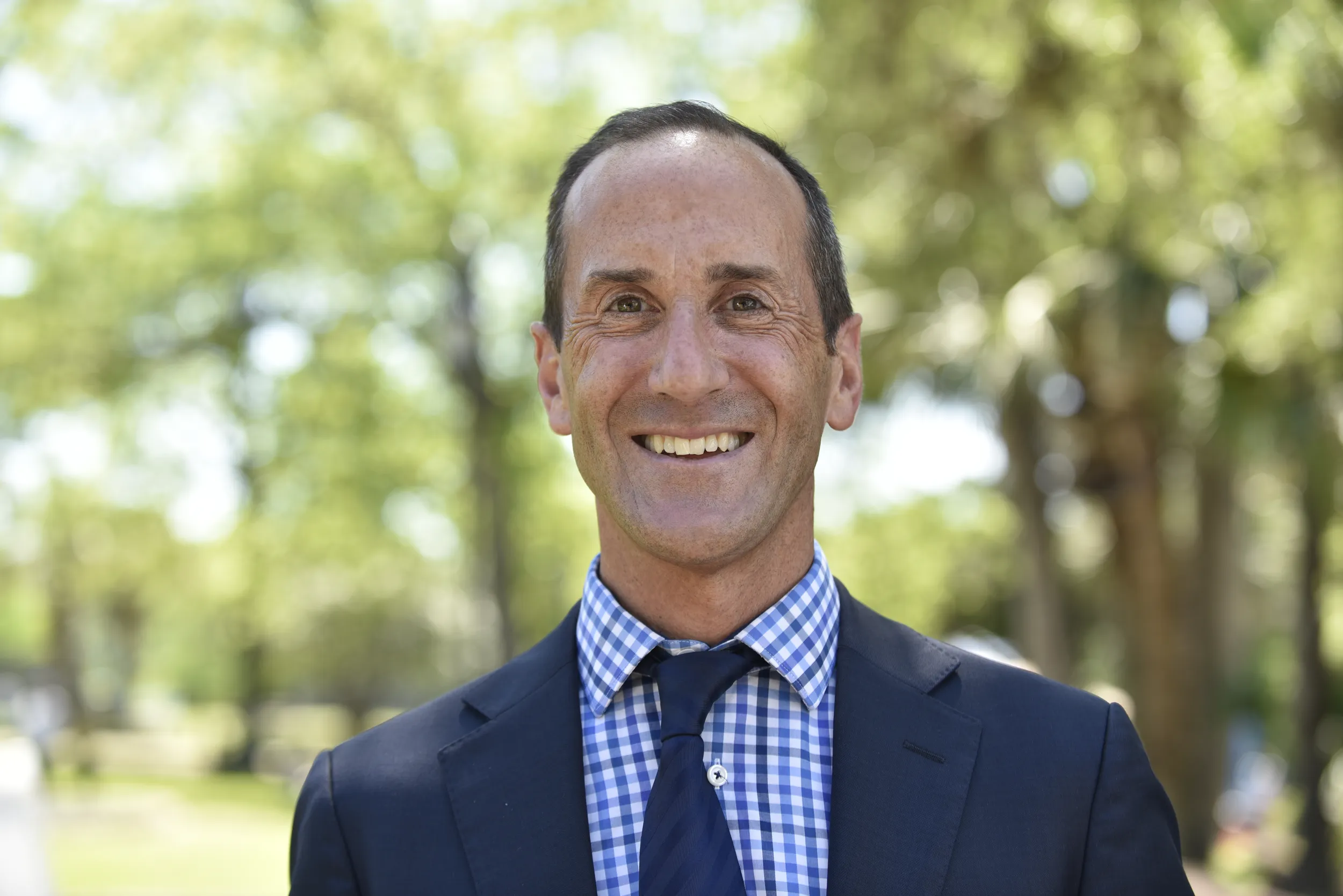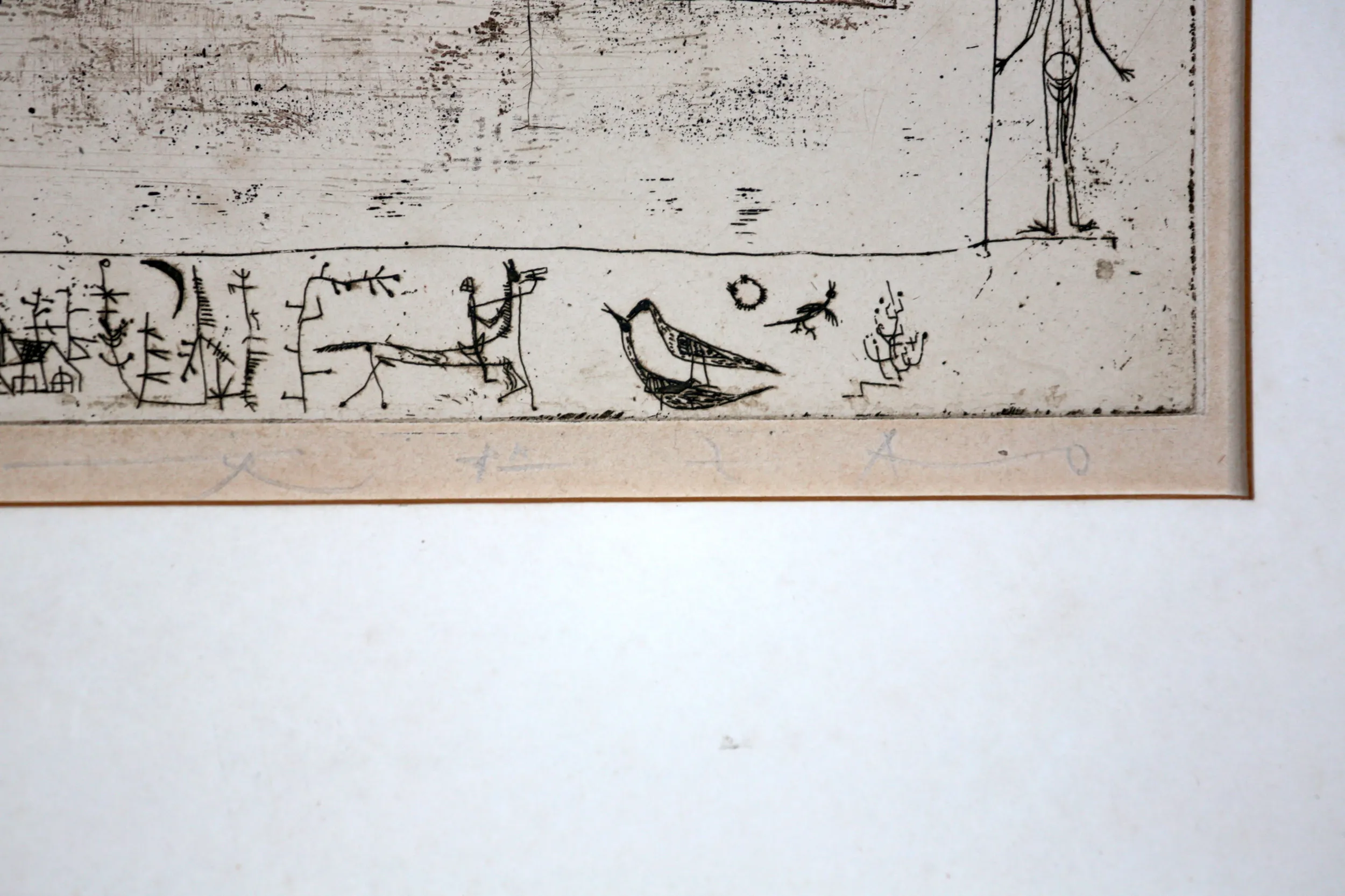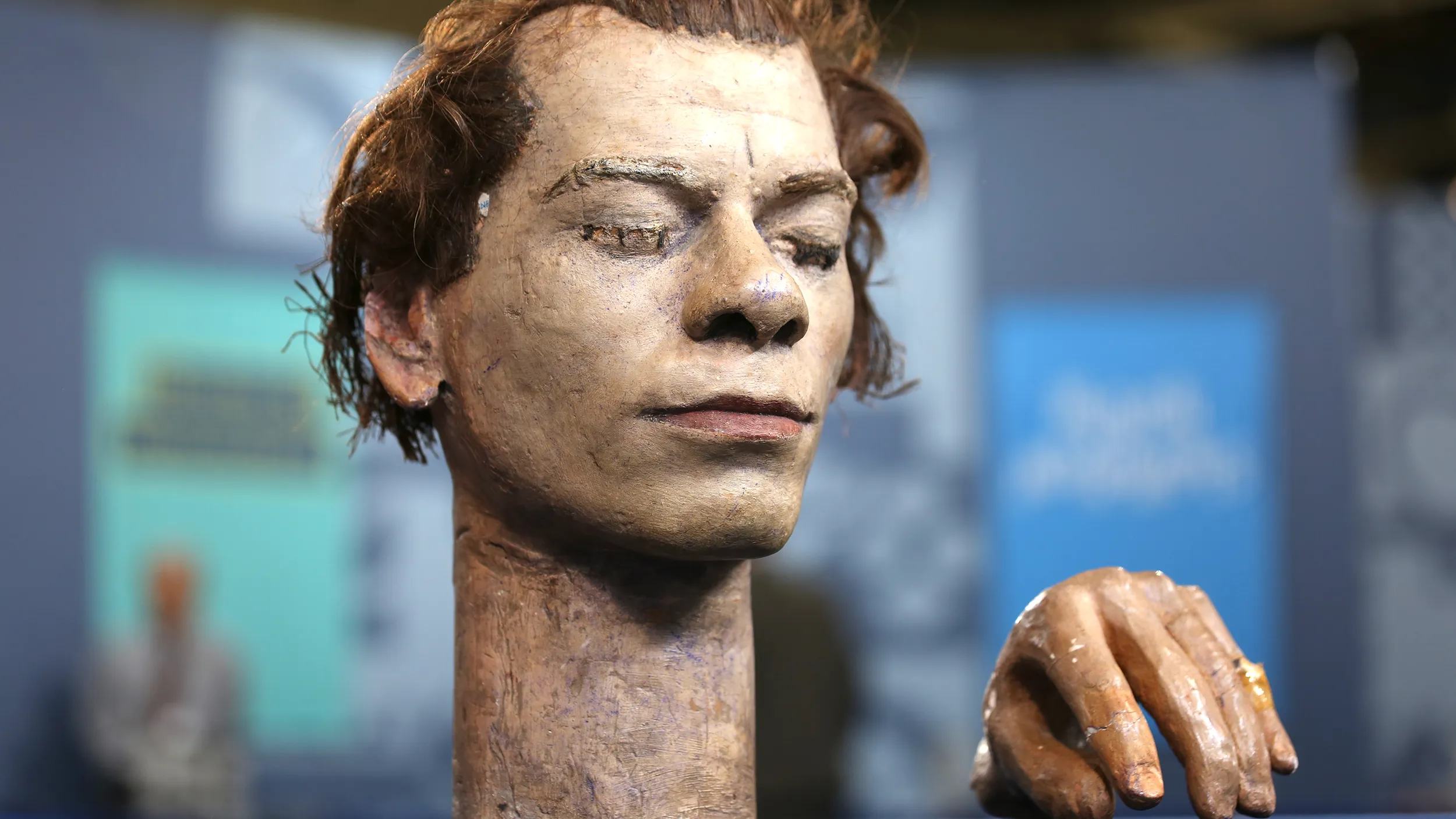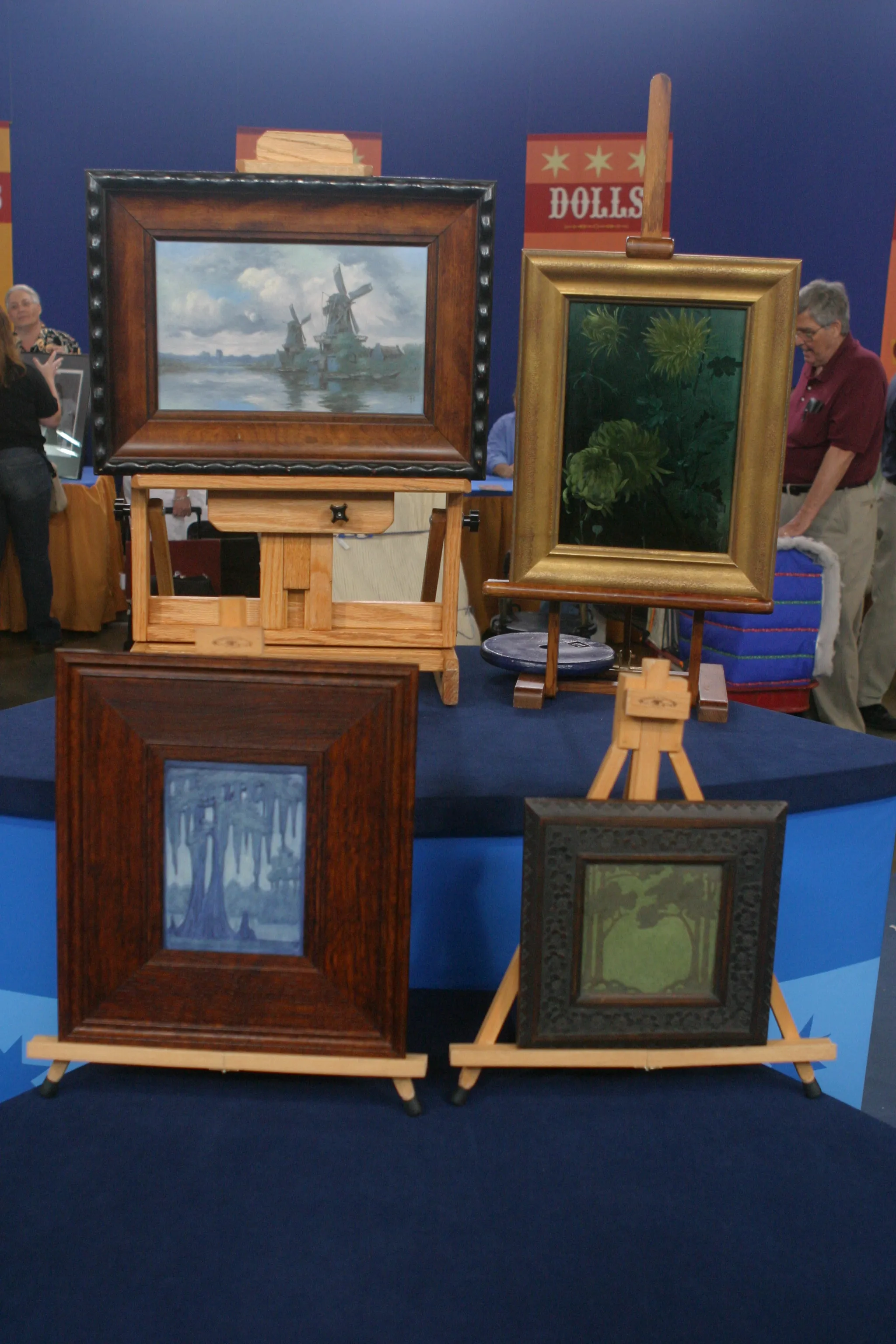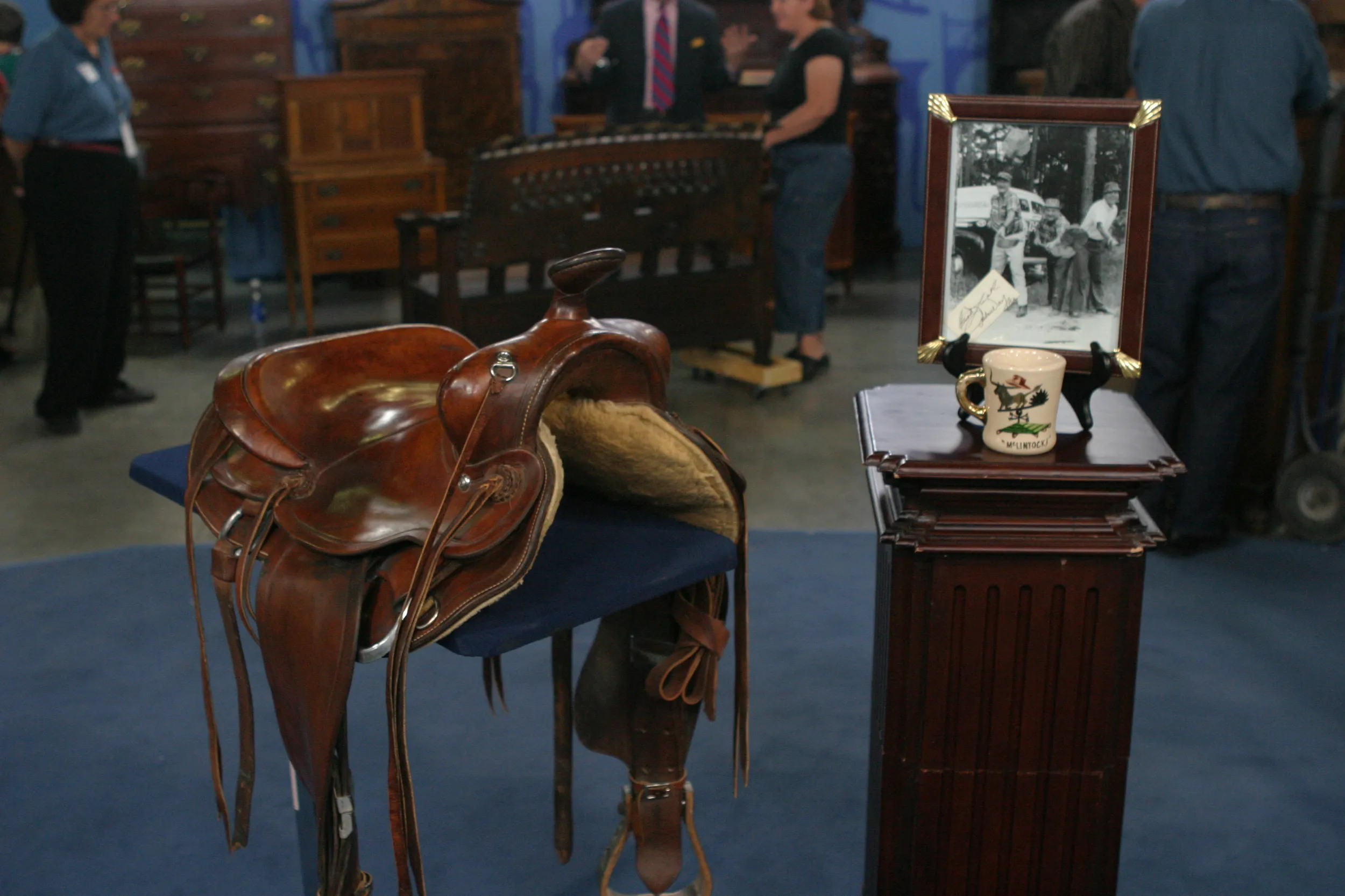GUEST: This was my dad's. I used to own an antique shop, and my father would bring me things to sell, as did many of my friends and family members. But I would never try to sell something until I knew exactly what it was, because I wanted to make sure I got the right price. My father found it in either like 1999 or 2000. And I never tried to sell it because I never had the time to really look at it or have it appraised by somebody who knew more than I did. So that's why we came.
APPRAISER: And you said your dad gave it to you. Where did you dad get it?
GUEST: Well, my dad was in construction, and he did a lot of work at Yale University, and he found it in the dumpster at Yale University. And it had some glass on it. He took the glass, and it was amazing that it wasn't cut. So he brought it to me.
APPRAISER: So he just found it.
GUEST: He found it in a dumpster.
APPRAISER: Get out of here, really?
GUEST: Yeah, yes, found it in a dumpster.
APPRAISER: You have an etching by a Chinese-born artist whose name is Zao Wou-Ki. And his signature in pencil is right down here in the lower right. Now, he was born in China, but in the 1940s, he and his wife moved to Paris. He was trained in China, but it was in Paris that he really started to make his mark in the late 1940s and early 1950s. And early on, he was influenced by European Modernists like Paul Klee, and even going back as far as Picasso. And this work really shows the influence of somebody like Paul Klee, who was a Swiss Modernist, decades before him. Now this is an etching called "Flora and Fauna" from early on in Zao's career. It was made in 1951, and it was produced and published in Paris in an edition of 200. So he signed it in pencil, and then there it got edition out of 200. In 1957 he took a respite from Paris and came to the United States. He had a brother in New Jersey. And pop art was just exploding on the scene at the time, and he wanted to get into that. Instead, he got very influenced by the mid-century Abstract Expressionist artists in New York, like Jackson Pollock and Willem de Kooning. He returns to Paris, and rather than start again in this vein, he began making very abstract paintings… and lithographs, and etchings. He was both a painter and an etcher. His early work from the late '40s, early 1950s, his early career work, like this, extremely hard to find.
GUEST: Oh.
APPRAISER: He wasn't as popular as he got in the '60s and '70s with his abstract work. Appropriately titled with the flora and fauna you can see the landscape with the trees, mountains here, all the little doodles he did around the border of the print.
GUEST: Lot of little critters.
APPRAISER: Yeah. He's become a very popular artist. By the '70s, into the '80s, he was hotly collected. Nowadays, he's one of the top Chinese-born artists-- even though he worked in Europe for most of his career-- Chinese national. Have you any idea what it might be worth?
GUEST: No, none.
APPRAISER: You didn't even know who it was by, so...
GUEST: No, I didn't know anything about it, I'm not going to lie. (laughing)
APPRAISER: So if this came up at auction, I would put an estimate on it of between $10,000 and $15,000.
GUEST: That's wonderful. That is so cool.
APPRAISER: What a find for your dad in the dumpster.
GUEST: My dad's here with me today and he's... my mother's going to be so happy.
